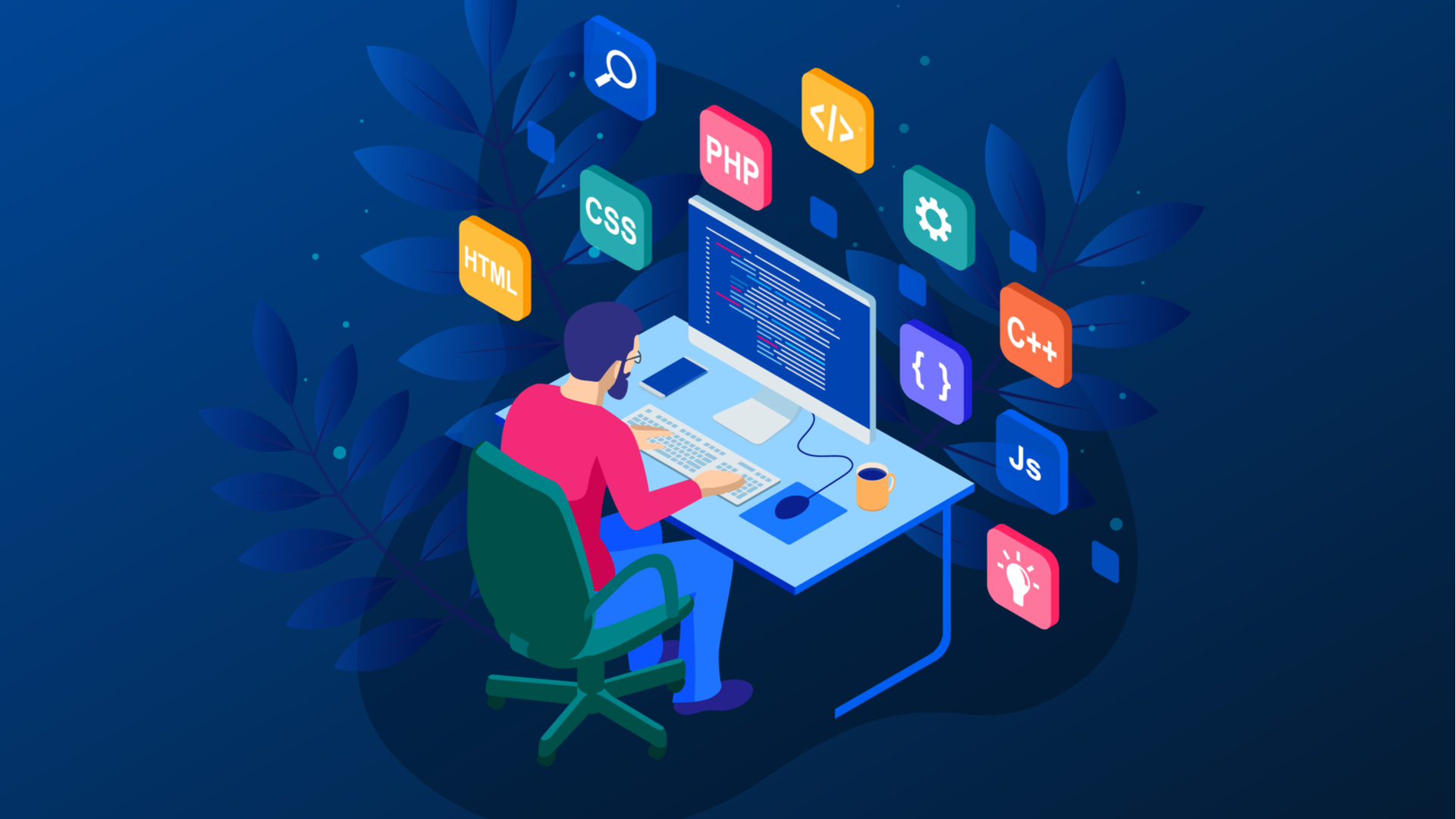
The web’s ever-evolving landscape continually shapes the way we perceive, interact with, and design digital experiences. As 2023 unfolds, we see certain programming languages and technologies asserting their dominance in shaping the future of web development. Let’s explore this brave new world and its most promising players:
1. HTML, CSS, & JavaScript (The Trinity of the Web)
The foundational trinity of web development remains unchallenged.
2. Rust and WebAssembly
A synergy that’s reshaping performance standards:
– **Rust**: This systems programming language emphasizes safety and performance. It has become a preferred choice for creating WebAssembly modules.
– **WebAssembly (WASM)**: A game-changer for web performance, enabling code to run at near-native speeds in browsers. The blend of Rust and WASM promises incredibly fast and reliable web applications.
3. Python (Django & Flask)
Python’s universality and elegance extend to web development:
4. PHP
Once the unrivaled king of server-side scripting, PHP remains highly relevant:
PHP: Despite the competition, PHP and its popular framework, Laravel, still power a significant portion of the web, especially with WordPress-driven sites.
5. TypeScript
An evolution of JavaScript:
TypeScript: A statically-typed superset of JavaScript, offering type safety and predictability. Its integration with major JS frameworks makes it indispensable for large-scale, modern web applications.
6. Go (or Golang)
Go: With its concurrency capabilities and straightforward syntax, Go offers an efficient solution for backend systems and microservices, catering especially to cloud-native applications.
7. Svelte
A fresh perspective in the crowded JavaScript framework landscape:
Svelte: By shifting much of its work to compile time, it ensures applications are lean, efficient, and fast. It’s a testament to the ever-evolving nature of JS-based tools.
Conclusion
In 2023, web development embodies both its foundational pillars and the embracing of novel technologies. With the likes of Rust and WebAssembly pushing performance boundaries, and the steadfast relevance of HTML, CSS, JavaScript, PHP, and Python, the web’s future looks promisingly diverse. For web developers, continuous learning and adaptability remain as crucial as ever.